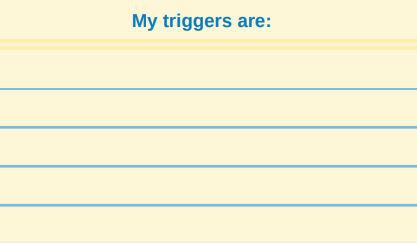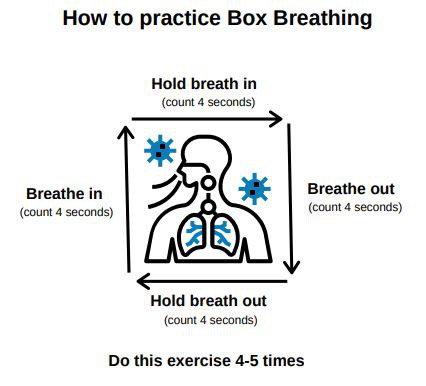Understanding drug dependence and cravings
What is a habit?
- A habit is something you do regularly that is difficult to stop.
- Using drugs every day is a habit, which is why the word habit is used as a slang term for having a drug dependence.
- Being on daily opioid treatment, such as methadone or suboxone, can also be considered a habit because you rely on it every day.
- However, this is a healthy habit because it’s a routine that is treating a problem and preventing harm from drug use.
- Drug dependence includes both physical and psychological dependence.
What is physical dependence?
- Physical dependence is where your body changes due to regular drug use, for example having a high tolerance, or ‘hanging out’ when you don’t use.
- Hanging out, or physical withdrawal, has symptoms such as nausea, vomiting, diarrhoea, sweating or insomnia.
- When you start treatment, it can take some time to get a dose that stops you hanging out.
What is psychological (mental/emotional) dependence?
- Your habit of using the drug regularly can make you feel convinced that you can’t live without it. These feelings can be very strong.
- You might even feel desperate, overwhelmed, or unsafe if you think you can’t get the drug.
- Cravings or urges to use drugs are one example of psychological dependence. They can happen even when you’re not in physical withdrawal. They are usually triggered by stress or reminders of your drug use, such as seeing people using or scoring.
Why are cravings so bad at the start?
- Cravings are a normal part of reducing drug use. They are usually at their worst when you first stop using, or when you first change from daily treatment to the monthly injection.
- When that habit is interrupted, cravings are your brain’s way of trying to get you to go back to a habit you’re used to. Remember, getting stable takes time.
- Your brain is a muscle and the more you train it to manage cravings, the easier it will get over time.
To feel stable, you need to:
- Get to the right dose to stop physical withdrawal. This can take some time, which can be frustrating, but we will do what we can to help you through it.
- Get through the craving period until the habit is broken. Cravings are normal. They start off frequent and strong and may get weaker over time. Cravings happen no matter how much medication you are on.
What can I do about cravings?
The less you use, the faster cravings go away.
Using drugs rewards the cravings and keeps them going.
Resisting cravings helps them get weaker and less frequent.
There are things you can do to take control of cravings, but they take practice. Try the below strategies.
-
Avoid your triggers - Once you are aware of your triggers you can manage or avoid them. It gets easier over time, but takes practice. List your triggers.

-
Ride the wave - Just like waves at the beach, cravings reach a peak, then fall away and disappear. They only last a while. Let them be there, notice them. Where are they in your body? What do they feel like? Ride the wave till they go.
-
Delay and distract - take a shower, walk with a mate, exercise daily, talk to someone and keep busy, play a card game or table tennis.
-
Slow your breathing – relaxation helps you keep calm. Practice reducing distressed or anxious feelings

-
Keep reminding yourself your reasons to stop using


